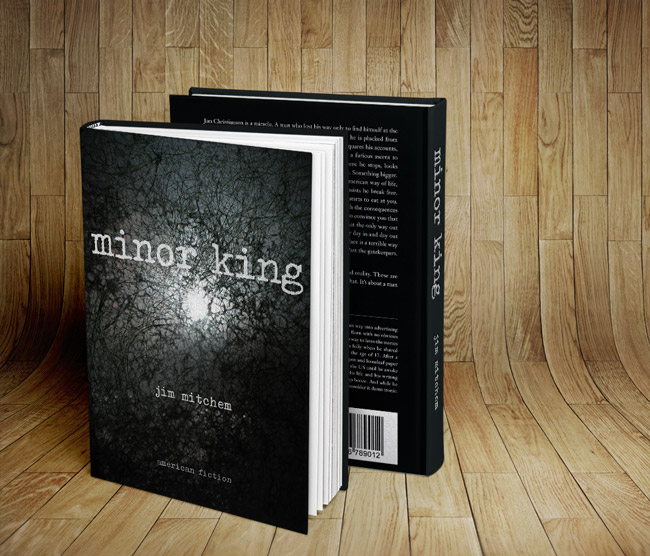I never show clients what they want to see in the initial round of branding copy.
My job as a copywriter requires that I be two people. One is to think tactically about goals, benefits, target audiences, and so on. The other is to be completely disconnected from the brand. It’s an absurd way of thinking. And yeah, as you can imagine the process can get weird with two contradictory voices in your head. But the results are almost always unexpected, and effective.
That’s because when you’re writing copy there’s almost always an expectation of how it should play out. Especially when you’re always trying to squeeze in the who, what, where, when, why, how, blah, blah, blah. That’s the template, right? Gotta follow the rules so everyone buys off.
Only, I believe that those expectations come after the initial branding copy.
Branding copy should aspire to make the reader feel something in a way that gets them to take favorable action.
A person landing on your page via an organic search doesn’t want the mission statement shoved in their face. They want a reason to keep reading and researching what it is you do and how it affects them.
Once you gain that trust, then you can get into the guts of it.
(Granted, there are obviously exceptions to this rule. Particularly in retail when someone already knows what they want and they just want to navigate to the proper page on your site to buy it. No need to make them feel much with any initial branding copy. In these cases, just get to the point. Don’t get me wrong, you don’t want a crappy website, but rather one that’s easy to use, aesthetically pleasing, and branded authentically. When you have a product or service that people like, the brand will take hold.)
Over the years I’ve had good clients who have trusted me to capture the voice of a brand in a way that moves its audience to take action. I’ve also had clients who wanted to micromanage each syllable because they know their product best. And of course they’re absolutely right. But, ironically, this proximity to the product/service is why they have a hard time seeing past the who, what, where, when, why, and how to make their reader feel something. Many times these clients are pressed for ROI, so it’s easy to resort to tactics that have proven effective in the past (SUNDAY! SUNDAY! SUNDAY!).
But branding and storytelling take time. As does improved ranking (unless you’re paying, of course). People want to like the brands they buy. And that means more than a hard sell on your homepage.
It means having the courage to change.
No, most clients that micromanage branding copy can’t separate themselves from themselves to see things clearly. They can’t be two people.
So when I pitch that first round of initial branding copy, I read it aloud. I want that inflection to sink in. I want them to feel it from the voice of ‘another.’
This is usually the copy we end up using. With a few tweaks, of course. I’m an effective writer, but God knows I will never know everything about every brand.
When a client isn’t sold on that copy direction, I suck it up and create something more in line with their expectations. Then it’s usually a “hurray” moment because the client is happy. Even though the message could have been stronger.
What about clients that hate the initial branding copy? That hasn’t happened yet, so I have no idea. I reckon I’d refer them to someone else. But when a client choses to work with me they’re hiring me because they like my work. Not because I take them to fancy lunches.
And over my career I’ve learned that the work that works best, is almost always what clients don’t expect to see.

***


Lauren Gordon
Sep 18, 2017
I really enjoyed reading this, Jim! I’ve recently started my career in freelance copywriting and I enjoy writing branding copy over sales copy by far. Like you, I’ve found that most clients are too focused on ROI that they forget copy is supposed to build their brand over the long run, not grab quick sales and disregard their customers.
Looking forward to reading more. 🙂
-Lauren Gordon